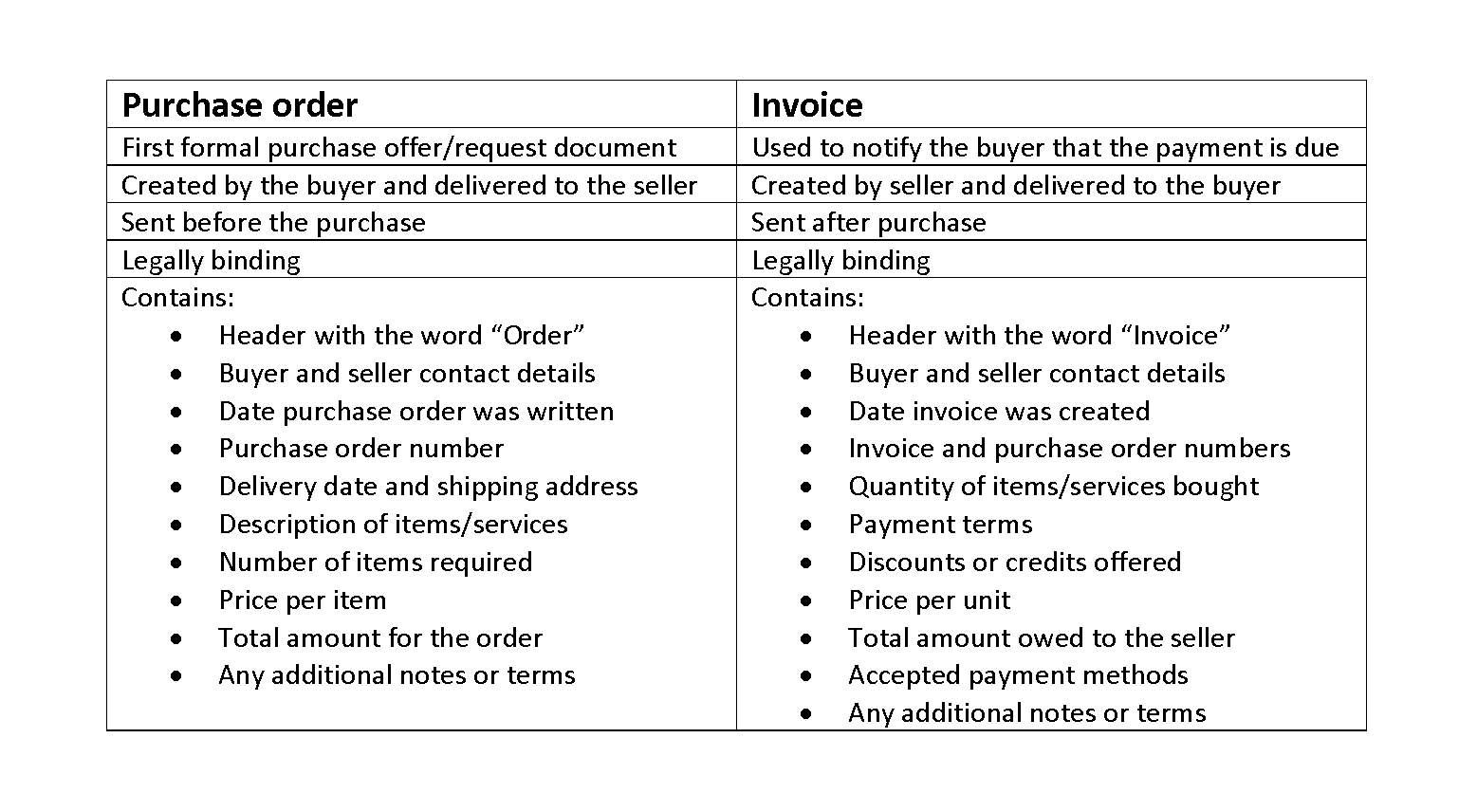
From the project owner’s perspective, escrow accounts provide a safeguard against incomplete or subpar work. By only releasing funds upon the completion of agreed-upon milestones, owners have leverage to ensure contractors fulfill their obligations to the expected standard. Moreover, in the unfortunate event of a dispute, the escrow account acts as a neutral zone for the funds, preventing either party from unjust enrichment. In an industry that relies heavily on collaboration, some argue that retainage is counterproductive to fostering positive working relationships. Instead, proponents of collaborative approaches suggest the use of open-book accounting and shared savings agreements. Open-book accounting involves contractors and subcontractors providing full transparency on their costs, allowing project owners to verify expenses.
The Importance of Unconditional Waivers in Project Closure
By withholding a portion of the payment until the project is complete, owners have leverage to ensure that contractors and subcontractors fulfill their contractual obligations. Retainage also serves as a financial buffer in case any issues arise during the construction process, allowing the owner to cover potential costs. In essence, it acts as a financial safety net for project owners and developers in the construction industry, ensuring that contractors fulfill their obligations and address any issues before receiving full payment. It provides leverage to ensure that contractors fulfill their obligations, correct any deficiencies, and complete the punch list items before the final payment. For contractors, while it represents a financial strain due to cash flow being tied up, it also motivates them to complete their tasks to the required standards to receive full payment.
Retainage in Construction Contracts
From the perspective of a subcontractor, a stop notice is a direct line to the financial sources, ensuring that their work will be compensated. In the complex landscape of construction projects, managing retainage and ensuring timely payment can be a daunting task. A stop notice is a powerful tool that can be employed by contractors, subcontractors, or suppliers to claim their rightful payment for services rendered or materials provided. This legal instrument serves as a notification to the property owner or lending institution that there contra asset account is an outstanding payment due, effectively freezing a portion of the construction funds until the dispute is resolved. The issuance of a stop notice is not a step to be taken lightly, as it can have significant implications for all parties involved, potentially delaying the project and straining professional relationships. The evolution of performance bonds as a tool for retainage security represents a significant shift in the construction industry’s approach to managing financial risk.
Why is Retainage Used in Government Contracts?

Retainage is a common practice in the construction industry, where a portion of the contract amount is withheld by the owner or general contractor until the project is completed. While retainage serves as a form of security for the project stakeholders, it can often pose significant challenges for subcontractors when it comes to recovering these funds. In this section, we will explore some of the common challenges faced by subcontractors in retainage recovery and provide insights from different points of view. Both project owners and contractors should maintain comprehensive and organized documentation throughout the retainage process. This includes recording all communication, submitting necessary paperwork promptly, and keeping track of contract milestones and completion requirements.

Retainage Amounts & Timetables Are Mostly Set By The Parties Agreement

Retainage is a common practice in the construction industry, where a portion of the contract sum is withheld by the owner until the completion of the project. While retainage serves as a security measure for owners, it can pose several risks for contractors and subcontractors. In this section, we will delve into some effective strategies to mitigate these risks and ensure a smooth flow of cash in construction projects. Effective retainage management can significantly impact a project’s success, benefiting both contractors and project owners. By understanding the concept, maintaining clear communication, Accounting for Churches efficiently administering retainage, and using incentives, you can navigate the complexities of progress billings while minimizing disputes. Understanding the legal and contractual considerations in retainage is crucial for both owners and contractors to ensure fair compensation and minimize disputes.
On the other hand, for contractors, subcontractors, and suppliers, retainage can create cash flow challenges. When a portion of the payment is withheld, it can strain their financial resources, especially for smaller businesses. This is particularly true in cases where retainage percentages are high or when projects extend over a retainage in construction long period. Therefore, it is essential for these stakeholders to understand the concept of retainage and its implications to effectively manage their finances.

Debt-Free Future: How Skipping Student Loans Sets You Up For Financial Freedom

As we look towards the future, the evolution of stop notices is likely to be influenced by several factors, including legislative reforms, technological advancements, and shifts in industry practices. As subcontractors, one of the biggest challenges we face in the construction industry is managing retainage processes. Retainage refers to the portion of a subcontractor’s payment that is withheld by the general contractor until the project is completed.
It’s important to understand that there are different ways to manage your 401(k) plan indirect rollover, and each approach has its advantages and disadvantages. Some people choose to manage their plan on their own, while others prefer to seek professional help. Whatever your approach, it’s essential to have a clear understanding of the best practices for managing your 401(k) plan indirect rollover. Adapting to project evolutions through change orders and retainage is a multifaceted process that requires a holistic approach. By considering the insights from various perspectives and implementing structured strategies, project teams can navigate changes successfully and ensure project success. Embracing change is not just about reacting to new circumstances; it’s about anticipating and preparing for them, thus transforming potential challenges into opportunities for growth and improvement.
- When it comes to construction projects, retainage is a common practice that can significantly impact subcontractors’ cash flow.
- Factors such as financial stability, creditworthiness, industry and market risk, management and governance risk, and tools and models for risk assessment all play a crucial role in the assessment process.
- While retainage benefits project owners, it can present a financial strain on contractors, particularly smaller firms.
- For instance, a project manager might use a digital punch list tool to assign a high-priority task to a subcontractor, complete with photos of the issue and a detailed description.
- In the world of construction, project finances can often be a precarious balancing act.
- Subcontractors view it as a guide to wrap up their portion of work, often under tight deadlines.
Strategies for Efficient Punch List Management
By signing this waiver, the subcontractor forfeits any claims to the payment, even if it is later discovered to be invalid. Subcontractors need to exercise caution when considering an unconditional lien waiver on final payment, as it poses a higher risk if any payment disputes or issues arise. Given the complexities of retainage, it is important for contractors and subcontractors to manage it effectively. This includes negotiating the terms of retainage before entering into a contract, accurately tracking retainage throughout the project, and promptly seeking the release of retainage when the work is complete. Retainage is used in government contracts to protect public agencies from potential financial loss.